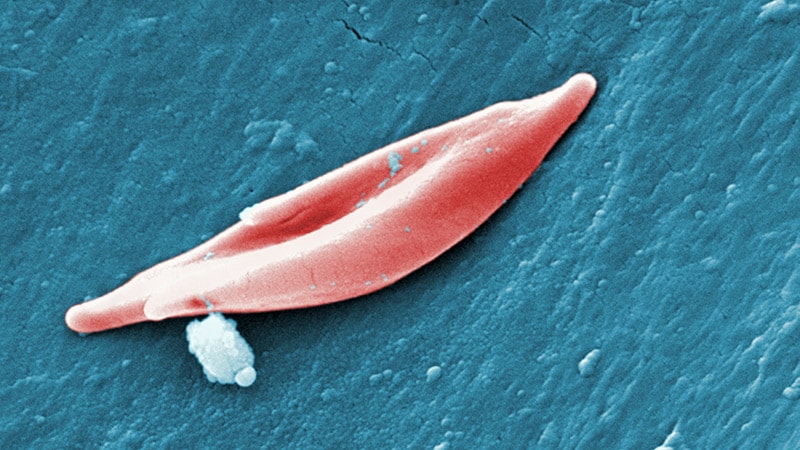TOPLINE:
Children with sickle cell disease (SCD) had more emergency department (ED) visits if their parents had a greater number of adverse childhood experiences (ACEs) than if their parents had fewer ACEs (average number of ED visits, 12.5 vs 3.8), a study found.
METHODOLOGY:
- Researchers conducted a cross-sectional study from 2020 to 2023, including 79 children with SCD (mean age, 9.73 years; 55.7% girls) and their caregivers, most of whom were mothers.
- Parental ACEs were assessed using the Adverse Childhood Experiences Questionnaire (ACE-Q), and resilience was measured using the Brief Resilience Scale (BRS).
- Primary outcomes included ED visits, missed clinic visits, and medication adherence, analyzed against parental ACE categories — low (ACE-Q score, 0), intermediate (ACE-Q score, 1-3), and high (ACE-Q score, ≥ 4) — and resiliency levels — low (BRS scores, 1-2.99), normal (BRS scores, 3-4.30), and high (BRS scores, 4.31-5).
TAKEAWAY:
- Parental ACE risk distribution showed that 40.5% of caregivers were in the low-risk category, 41.8% in the intermediate-risk category, and 17.7% in the high-risk category, with 83.5% of caregivers reporting normal resiliency levels.
- Children with SCD whose caregivers had high ACE scores had significantly more ED visits and hospital admissions than those whose caregivers had low ACE scores (regression coefficient [RC], 7.35; 95% CI, 1.77-12.94).
- Low parental resiliency was associated with increased ED visits among children with SCD (RC, 5.69; 95% CI, 0.13-11.26).
- The interaction between parental ACEs and resiliency levels did not significantly affect ED visits and admissions (RC, 11.94; 95% CI, -2.85 to 26.72).
IN PRACTICE:
“Our study offers insights into parental psychosocial factors that practitioners should consider when caring for pediatric populations from vulnerable communities,” the authors wrote. “Integrating parental ACE screening into pediatric care could enhance trauma-informed approaches, particularly for high-risk groups such as children with SCD,” they added.
SOURCE:
The study was led by David K. Wilson, DO, Arkansas Children’s Hospital, Little Rock, Arkansas. It was published online on July 10, 2025, in JAMA Network Open.
LIMITATIONS:
The study was limited by a relatively small sample size, missing data on medication adherence, reliance on self-reported parental ACEs, and potential sampling bias. It also did not account for factors affecting healthcare use, such as chronic pain. Additionally, the full ratio of scheduled-to-missed clinic visits was not determined, which may have limited the accuracy of healthcare use estimates.
DISCLOSURES:
Funding information was not provided for the study. Two authors reported having financial ties with various sources. Details are provided in the original article.
This article was created using several editorial tools, including AI, as part of the process. Human editors reviewed this content before publication.
